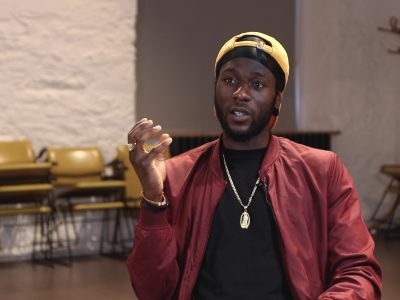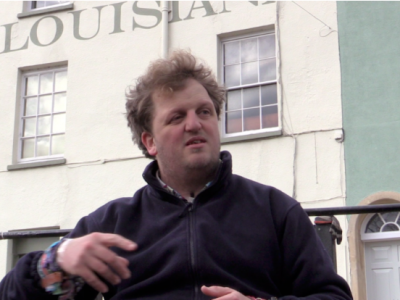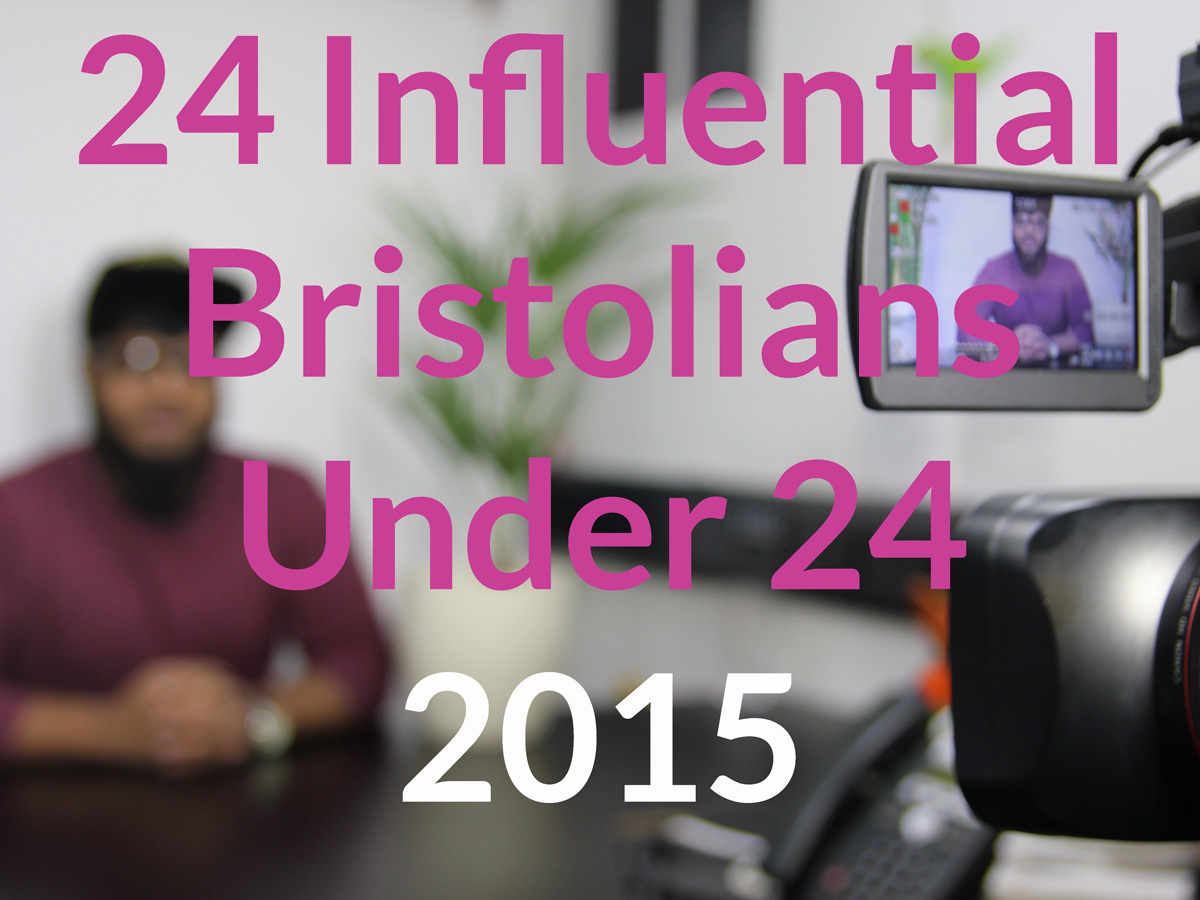Fox Watch: How one of Bristol’s most common creatures helped connect my community
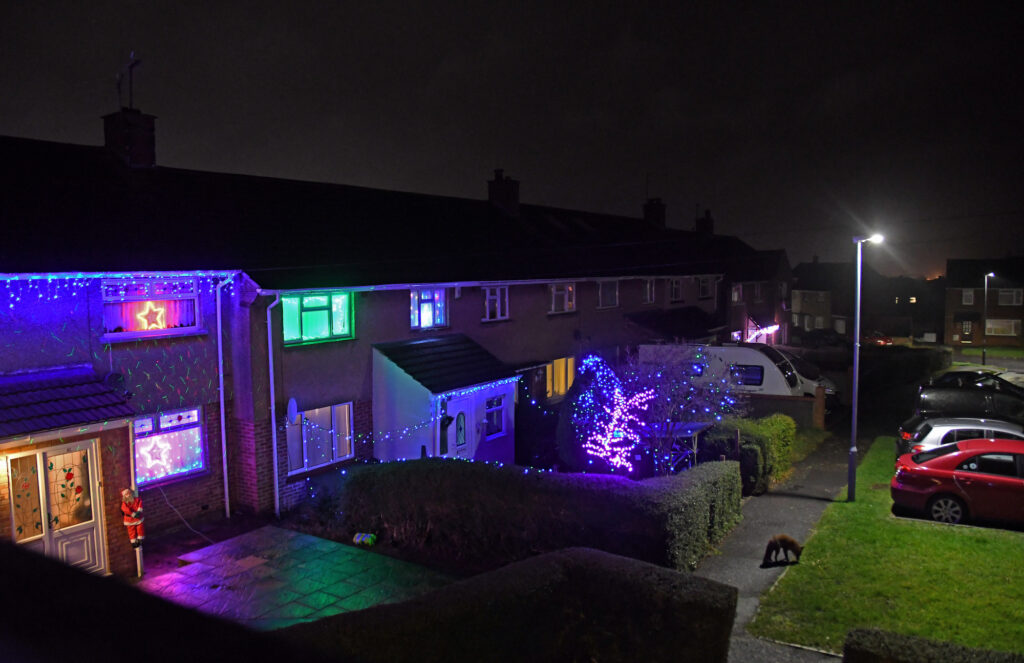
Bethany’s lockdown has been boosted by visits from a nocturnal caller
Over the past few months in lockdown, many people living in Britain have discovered their local wildlife – a pursuit which has brought us a sense of peace and beauty during a time of uncertainty. This has also been the pursuit of my suburban community in Bristol – each evening, we have been watching the local foxes from our windows.
Every night, I put down my phone and pick up my camera, watching out of my window to photograph the wildlife on my doorstep. Usually, I look out during blue hour; the sixty minutes which transition the world from nighttime to daytime and vice versa. This form of visible light illuminates a time period of vibrant activity in nature: time of feeding, moving, hunting, gathering, and migrating.
During this time foxes play on the streets below; bringing a sense of magic to the concrete maze in which we live. And while a fleeting fox dashing down an alleyway or behind a building isn’t new to many urban dwellers, the thrill and anticipation which these often-spontaneous sightings prompt form a connection to our natural world. It brings me a new sense of curiosity and wonder for the place which I have lived all my life.
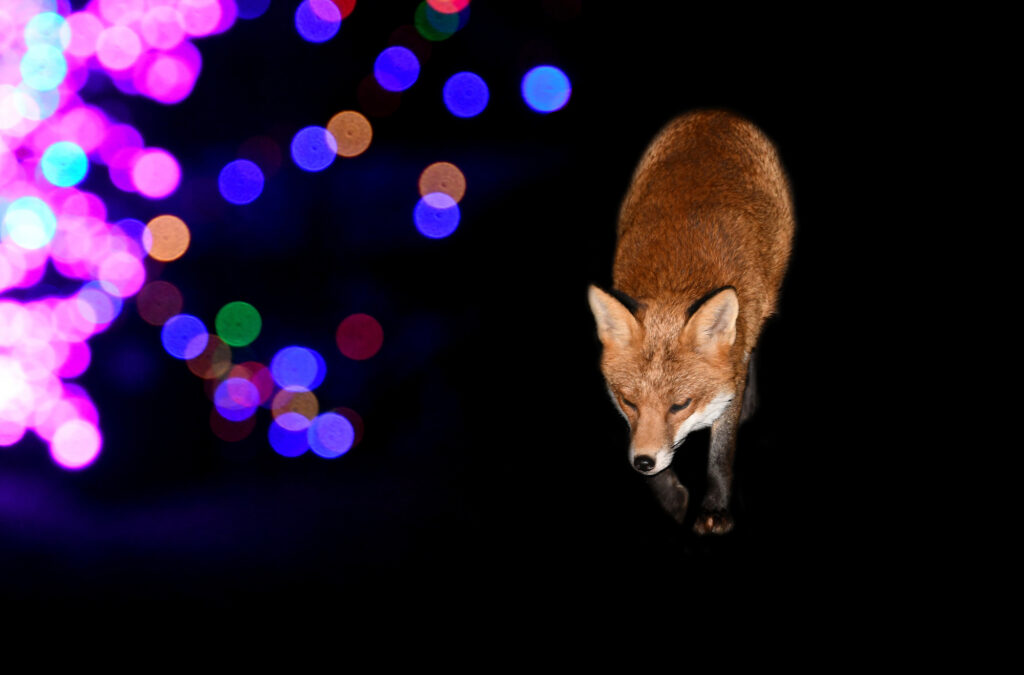
Over time, more and more people have appeared at their windows, also watching for the foxes, excited by their presence. This act of window-watching has brought unity to these streets. Being greeted with a wave or smile from another window-watcher while gazing outside into the hazy darkness of these winter evenings is uplifting. And when the amber-coloured fur of the fox dances across the pavement, a subdued sense of excitement resonates throughout the neighbourhood’s linking walls.
As our daily ventures now tend to only extend to the walls of our accommodation, learning to look up and take a minute to watch life go by from our windows has the ability to lift my state of mind. For me, I am provided with a fresh perspective, away from the glare of my screen, which constantly consumes my attention. For others, watching for the fox could be a remedy for feelings of loneliness, finding sparks of hope in the creature’s presence.
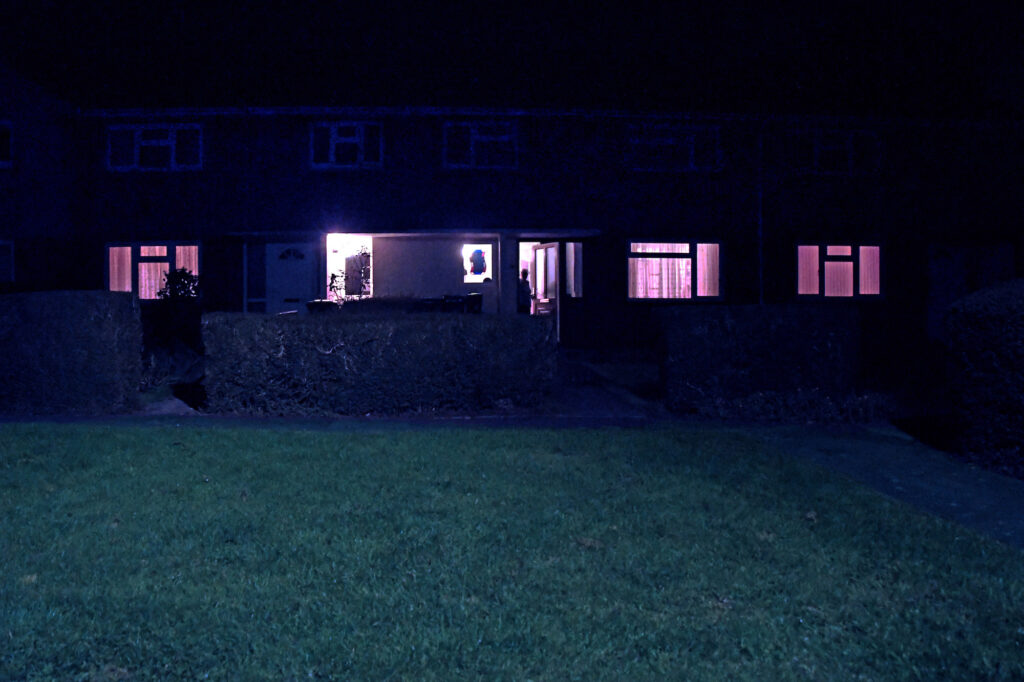
Along with the excitement of these encounters, sensory elements such as the cold air and sounds of the fox playing on the streets below help to strengthen our innate connectedness to nature. This is known as biophilia. In his bestselling book, ‘Last Child in the Woods’, author Richard Louv discusses the idea that our increasingly indoor lifestyle is fuelling a disconnect with our natural environment, causing what he calls ‘nature-deficit disorder.’
Arguing that the value of experiencing nature first-hand could not be more powerful for our mental, physical and social states, Louv expresses that “twenty-first-century Western culture accepts the view that because of omnipresent technology we are awash with data. But in this information age, vital information is missing. Nature is about smelling, hearing, tasting…”. In this time where we are fixed to the glow of our screens more than ever, the power of looking up and out at our surrounding landscape is a form of escapism.
“Modern life narrows our senses until our focus is mostly visual, appropriate to about the dimension of a computer monitor or TV screen,” continues Louv. But, by stepping away from the blue light beaming from our technology and acknowledging a new form of blue hues as the final light of day sinks behind the houses, submerging our road into a deep and inky navy bliss, we can discover a small solution to finding the untamed wild in the city.
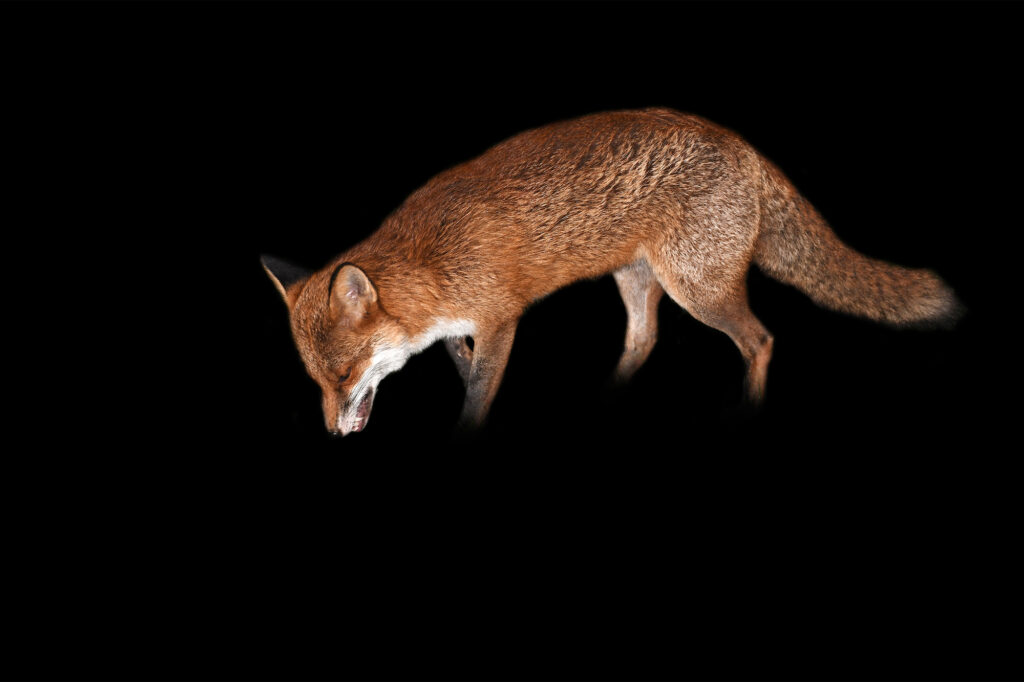
The arrival of the fox to my local patch made me realise that nature has no boundaries or location preferences; rather, it is society who has separated many natural areas from communities who may benefit from nature the most. Seeing the silhouette of the fox run down my road for the first time many months ago inspired my ongoing photography project. It is a documentation of the nature accessible to us all. Over time, other window watchers have also started taking their own photos , creating a collection of photographs which can be looked back on, igniting hope and positivity in tough times, creating an escape from the hectic whirl of everyday life. After all, as Louv points out, “unlike television, nature does not steal time; it amplifies it”. So, as blue hour continues to arrive early during winter, I will continue to look out for the fox.
As the UK finds itself in another lockdown, the wildlife which we are so lucky to see in Bristol has become a reminder of the beauty which is all around us. Looking up and out at our fantastically wild urban landscape is a small yet mighty choice to becoming more connected to the environment. So, I challenge you to get up and take a minute to look outside. Whether you see a fox, hedgehog, crow, gull or a humble pigeon, this moment, this interaction with nature allows for a second of solace, a minute to exhale and think, wonder and reconnect to our amazing wild city.
Have you become more aware of your city’s environment? Let us know in the comments.
All images by Bethany Sewell

About Rife


